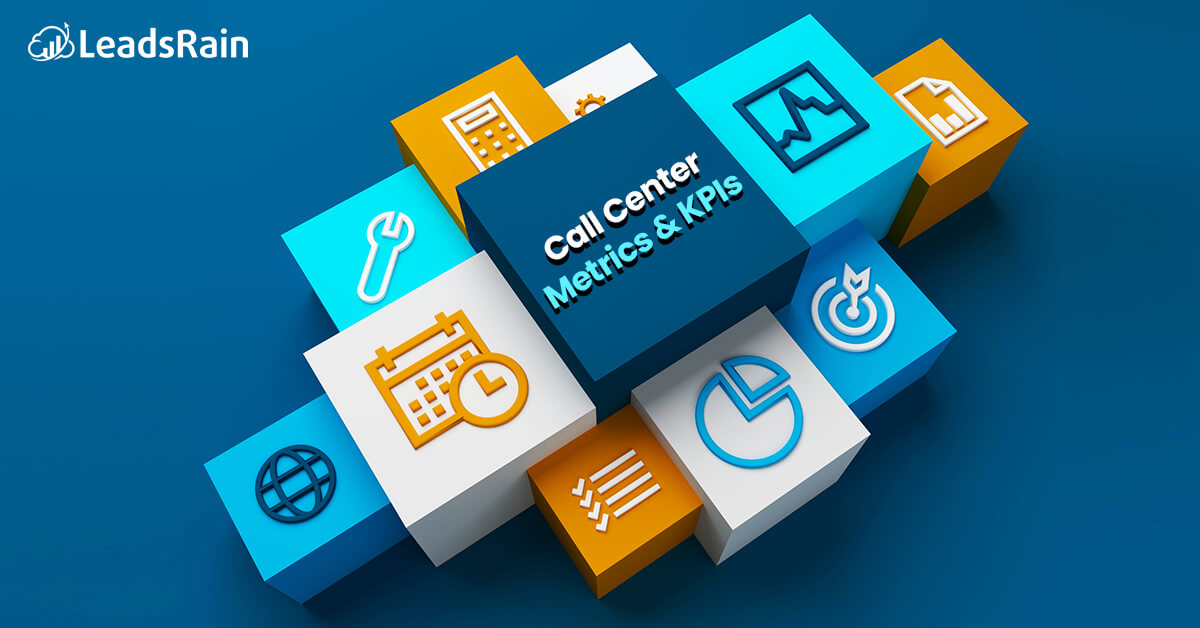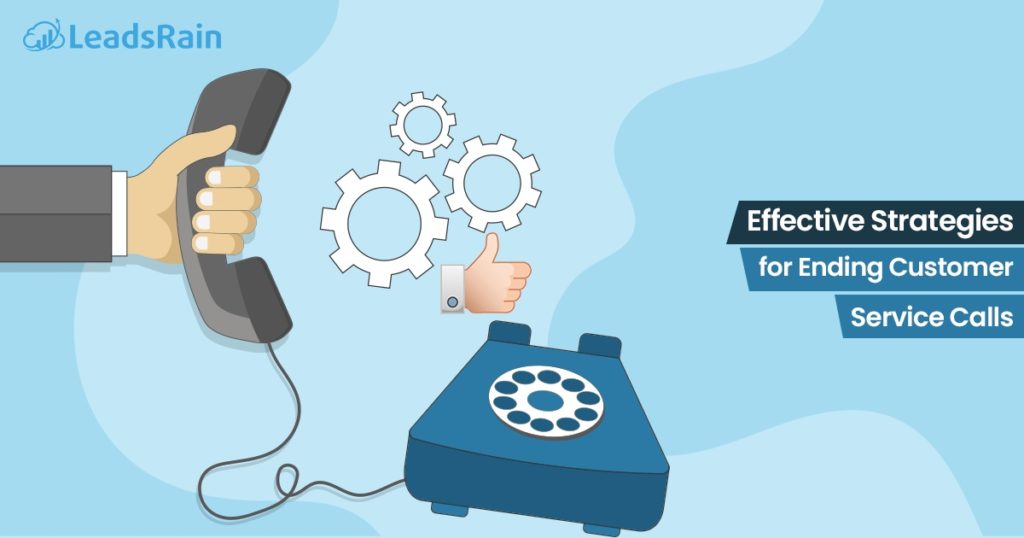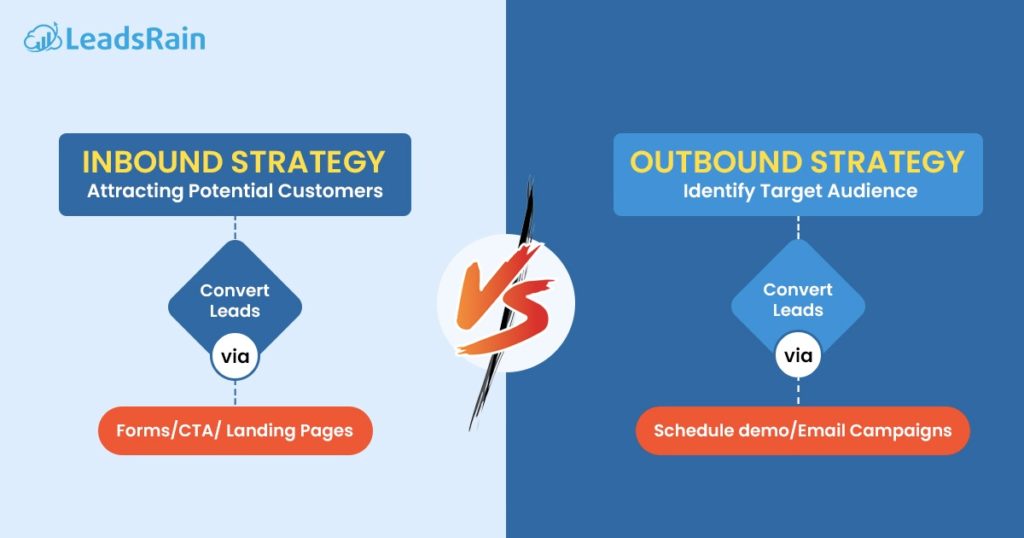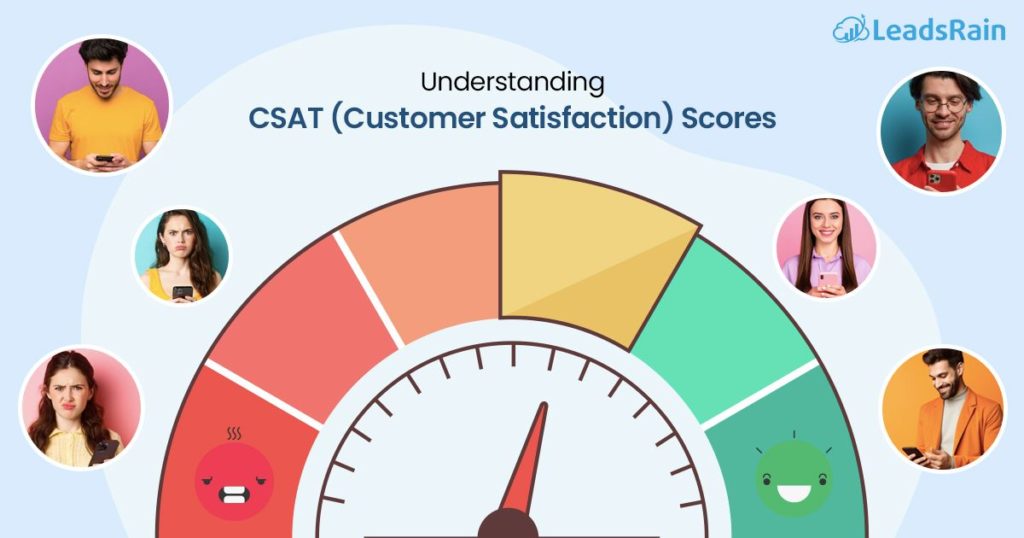The agents’ performance plays a significant part in determining the success or failure of a call center or any company with a sales or customer service team.
The employees who answer and handle customer calls are the company’s face; they create favorable first impressions, professionally manage complaints, and make customers feel cared for and at home with a business.
But how can you evaluate the performance of these crucial agents over time? Obviously, by keeping an eye on call center KPIs!
How Can You Measure the Effectiveness of a Call Center?
Many platforms concentrating on various business procedures provide call center managers with information. Metrics offer a means of keeping track of this data. The metrics you need to track will probably vary depending on your function, as numerous call center analytics exist. For instance, front-line managers may require a different perspective from customer service leaders regarding KPIs.
Making a case for exceptional client service requires executives to track strategic metrics and KPIs. On the other hand, operational managers must collect more specific metrics to determine the optimal choices for workforce management and customer service.
What Are Call Center Metrics?
Measures used in call centers evaluate customer care teams’ overall performance. Metrics used in various call center processes assess performance, agent output, and other actions that boost customer satisfaction.
Customer service managers use key performance indicators (KPIs) to measure how well and quickly a call center solution accomplishes organizational objectives. Because they show you exactly where your call center succeeds and where it needs to improve, they are essential to monitoring.
8 Important Call Center Metrics and KPIs
1. Customer Satisfaction (CSAT)
Customer satisfaction (CSAT) is a key call center metric and KPI that measures the level of customer satisfaction with the service provided by the contact center. CSAT surveys are typically conducted after customer interactions with an agent, and ratings are collected on a scale of 1-5 or 1-10. A high CSAT score indicates that customers are satisfied with the service they received, while a low score suggests that improvements need to be made to enhance customer satisfaction.
Monitoring CSAT scores on an ongoing basis is essential for identifying areas of strength and areas for improvement in customer service. By analyzing customer feedback and tracking changes in CSAT over time, call center managers can make informed decisions and implement strategies to improve customer satisfaction and drive business growth.
2. First Response Time (FRT)
In today’s world, customers are experts at receiving fast gratification. They do not prefer waiting in long queues. Hence maintain this metric as low as possible. FRT is the time it takes for a consumer to speak with a knowledgeable agent after placing a call. Service Level is a crucial KPI for inbound call centers, and this amount is strongly connected.
3. Average Abandonment Rate
The abandoned call rate measures the percentage of calls that are abandoned by customers before they reach an agent. A lower abandoned call rate indicates better customer service. High abandoned call rates can result in lost business, lower customer satisfaction, and reduced call center efficiency.
To reduce abandoned call rates, call centers should consider implementing call-back options, improving service levels, and optimizing call routing strategies.
4. Customer Churn Rate (CCR)
Customer Churn Rate (CCR) is another important call center metric and key performance indicator (KPI) that measures the rate at which customers stop using a company’s services. A high CCR indicates that the contact center is losing customers, while a low CCR suggests that customers are satisfied with the service they received and are likely to remain loyal.
By monitoring CCR, call center managers can identify areas where improvements can be made to reduce churn, such as improving service quality, reducing wait times, or offering promotions and incentives to retain customers. By reducing CCR, call centers can improve customer retention, increase revenue, and enhance their overall performance.
5. Average Speed of Answer (ASA)
The average speed of answer (ASA) measures how quickly an agent responds to waiting for consumers. A consumer is likelier to end the call after a bad experience if the waiting time is excessively long.
By measuring the ASA, you can decide whether to enhance agent productivity and follow-up time. This is crucial for companies with service-level agreements that specify the number of calls and response times that must be made within a time limit.
6. Average Handling Time (AHT)
Average handle time (AHT) is a metric that measures the average time an agent spends on a call, including hold time and after-call work. AHT is a critical metric as it directly impacts the cost of operations and the customer experience. A lower AHT is generally better as it indicates greater efficiency in handling customer inquiries and resolving issues.
However, it’s essential to balance AHT with other metrics, such as First Call Resolution (FCR) and Customer Satisfaction (CSAT), as a low AHT could result in rushing through calls, leading to incomplete or unsatisfactory resolutions.
7. Revenue per Successful Call
Revenue per successful call is a call center metric and key performance indicator (KPI) that measures the amount of revenue generated per successful customer interaction. This KPI takes into account both the efficiency of the agent in handling the call and the effectiveness of their sales pitch.
By tracking revenue per successful call, call center managers can identify which agents are performing well and which ones need additional training or support. This KPI can also be used to track the success of marketing campaigns or identify opportunities to upsell or cross-sell products or services.
8. Average Time in Queue
Average time in queue is a key call center metric and KPI that measures the average amount of time that customers spend waiting in the queue before an agent is available to take their call. This metric is important for measuring customer experience and can be used to identify areas where wait times are too long and adjustments to staffing or call routing may be necessary to improve customer satisfaction.
Call centers should strive to keep the average time in queue as low as possible while still ensuring that customers receive quality service.
How to Maximize your Operational Efficiency with Call Center KPIs and Metrics?
To maximize operational efficiency in a call center, it is essential to use KPIs and metrics to track performance and identify areas for improvement. Here are some tips on how to maximize your operational efficiency with call center KPIs and metrics:
Identify the Right KPIs
Select KPIs that are relevant to your call center’s goals and objectives. These should align with your overall business strategy and provide insight into specific areas that require improvement.
Measure Performance Regularly
Measure KPIs on a regular basis to track performance and identify trends. Use real-time monitoring tools to keep track of performance and quickly identify any areas of concern.
Analyze Data and Take Action
Analyze data and customer feedback to identify areas for improvement. Use the insights gained to develop strategies and implement changes that can help improve performance and customer satisfaction.
Use Automation Tools
Leverage automation tools to streamline processes and improve efficiency. For example, use chatbots to handle simple queries and reduce the workload for agents.
Provide Training and Coaching
Provide ongoing training and coaching to help agents improve their skills and provide better service to customers. Use KPIs to identify areas where agents may need additional training or support.
The Bottom Line
It goes beyond simplifying customer care representative jobs to use call center management and CRM technologies.
Additionally, you can use them to analyze the effectiveness of your call center, spot and fix issues with people, procedures, and technology, and gain a deeper understanding of your consumers.
When maximizing your call center and raising customer happiness, call center metrics are only one part of the solution. You are responsible for analyzing the data, developing a plan, implementing changes if required, coaching personnel constantly, and eventually achieving your business goals.




